Home>Gardening & Outdoor>Landscaping Ideas>What Chemical Will Kill Nut Grass
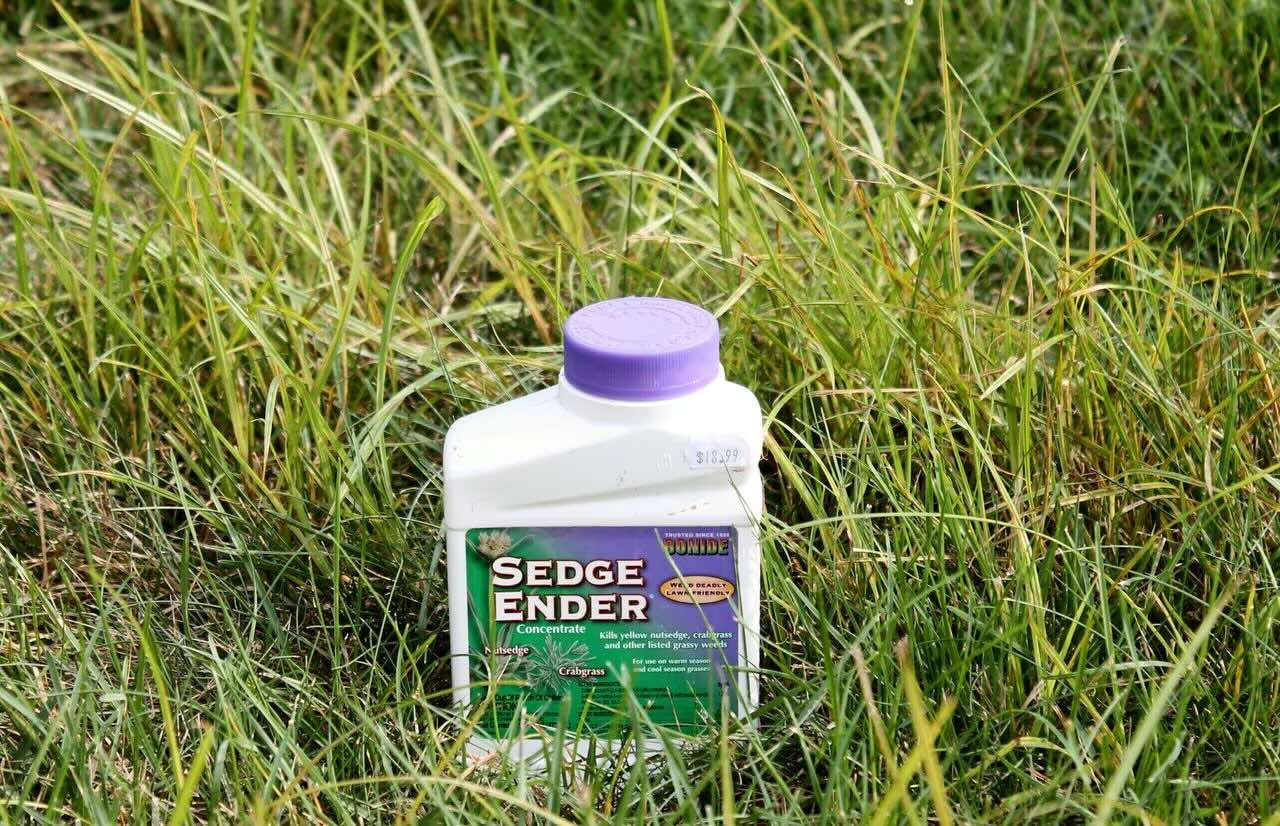

Landscaping Ideas
What Chemical Will Kill Nut Grass
Modified: February 2, 2024
Discover effective landscaping ideas for eliminating nut grass with the right chemical. Get expert tips and advice for a weed-free lawn.
(Many of the links in this article redirect to a specific reviewed product. Your purchase of these products through affiliate links helps to generate commission for Storables.com, at no extra cost. Learn more)
Introduction
Nut grass, also known as nutsedge, is a persistent and troublesome weed that can quickly take over a lawn or garden if left unchecked. Its resilient nature and rapid growth make it a formidable adversary for homeowners and gardeners. While manual removal and cultural practices can help manage nut grass infestations, chemical solutions are often sought for their effectiveness in eradicating this stubborn weed.
In this comprehensive guide, we will delve into the world of nut grass and explore the various chemical options available for controlling and eliminating this persistent pest. From understanding the characteristics of nut grass to evaluating the different chemical treatments, this article aims to equip you with the knowledge needed to combat nut grass and restore the health and beauty of your landscape.
Join us on this journey as we uncover the best chemical approaches for tackling nut grass, taking into account the safety measures and precautions essential for successful and responsible weed control. Whether you're a seasoned gardener or a novice enthusiast, this guide will provide valuable insights and practical advice to help you effectively address the challenge of nut grass in your outdoor spaces.
Key Takeaways:
- Nut grass, a pesky weed, can be effectively controlled using selective and non-selective herbicides. Understanding its growth habits and using chemical treatments responsibly are key to reclaiming your outdoor spaces.
- When battling nut grass, safety and environmental responsibility are crucial. Integrating herbicidal treatments with cultural practices like IPM can lead to sustainable weed management and vibrant landscapes.
Read more: What To Use To Kill Nut Grass
Understanding Nut Grass
Nut grass, scientifically known as Cyperus rotundus, is a perennial weed that belongs to the sedge family. Despite its name, nut grass is not a grass at all, but rather a sedge, which sets it apart from traditional turf grasses. This distinction is important to note, as it influences the methods and products used for effective control.
One of the most notable characteristics of nut grass is its rapid and aggressive growth habit. It thrives in warm, moist conditions and can quickly spread through underground rhizomes, making it a formidable adversary in lawns, gardens, and agricultural fields. The ability of nut grass to propagate through its underground network of rhizomes enables it to regenerate even after being seemingly eradicated, posing a significant challenge to eradication efforts.
Identifying nut grass can be relatively straightforward once its distinctive features are understood. The plant typically exhibits triangular stems, which can be easily distinguished from the round stems of true grasses. Additionally, nut grass produces clusters of small, brown, nut-like tubers (hence its name), which serve as storage organs and aids in its ability to survive adverse conditions.
In terms of appearance, nut grass often stands taller than surrounding turf grasses, with leaves that are more coarse and textured. The leaves are arranged in sets of three and have a V-shaped cross-section, further differentiating them from the blades of common grass species.
Understanding the life cycle of nut grass is crucial for effective management. It reproduces not only through its underground rhizomes but also by producing seeds. This dual reproductive strategy contributes to its resilience and capacity to rapidly colonize new areas.
In summary, nut grass presents a formidable challenge to homeowners and gardeners due to its aggressive growth, underground rhizome network, and distinctive physical characteristics. By gaining a deeper understanding of its biology and growth habits, individuals can better equip themselves to implement targeted control measures and effectively manage nut grass infestations.
Chemical Options for Killing Nut Grass
When faced with a persistent nut grass infestation, chemical treatments can offer an effective solution for controlling and eradicating this troublesome weed. Several herbicidal options are available, each with its unique characteristics and modes of action. It's essential to select the most suitable chemical approach based on the specific requirements of the infested area and the extent of the nut grass invasion. Here are some chemical options commonly used for killing nut grass:
1. Selective Herbicides:
Selective herbicides are designed to target specific types of plants while leaving desirable vegetation unharmed. For nut grass control, selective herbicides containing active ingredients such as sulfentrazone or halosulfuron-methyl are commonly recommended. These herbicides effectively target nut grass while minimizing damage to surrounding grasses and ornamental plants.
2. Non-Selective Herbicides:
Non-selective herbicides, such as glyphosate-based products, offer a broad-spectrum approach to weed control. While these herbicides can effectively kill nut grass along with other unwanted vegetation, caution must be exercised to prevent damage to desirable plants. Non-selective herbicides are best suited for areas where complete vegetation removal is necessary, such as preparing a site for reseeding or replanting.
Read more: How To Kill Nut Grass In Your Lawn
3. Pre-Emergent Herbicides:
Pre-emergent herbicides work by preventing the germination of nut grass seeds and inhibiting the growth of newly emerging plants. These herbicides create a barrier in the soil, effectively suppressing the development of nut grass before it becomes established. Active ingredients like pendimethalin and prodiamine are commonly found in pre-emergent herbicide formulations and can be applied as part of a proactive weed management strategy.
4. Post-Emergent Herbicides:
Post-emergent herbicides are designed to target actively growing nut grass plants. Products containing ingredients such as imazaquin or quinclorac can be effective in controlling established nut grass populations. When applying post-emergent herbicides, it's crucial to follow label instructions carefully and consider factors such as weather conditions and the growth stage of the nut grass for optimal results.
5. Combination Products:
Some herbicidal formulations combine multiple active ingredients to provide a comprehensive approach to nut grass control. These combination products may offer both pre-emergent and post-emergent activity, providing a multifaceted strategy for managing nut grass infestations and preventing regrowth.
In selecting and applying chemical treatments for nut grass, it's imperative to prioritize safety and environmental responsibility. Following label instructions, adhering to recommended application rates, and considering potential impacts on non-target organisms are essential aspects of responsible herbicide use.
By understanding the characteristics of different herbicidal options and their suitability for specific situations, homeowners and gardeners can make informed decisions when implementing chemical treatments to combat nut grass and restore the health and aesthetics of their outdoor spaces.
Precautions and Safety Measures
When utilizing chemical treatments for nut grass control, it is paramount to prioritize safety and environmental responsibility. Adhering to precautions and safety measures not only ensures the effective application of herbicides but also minimizes potential risks to human health, non-target plants, and the surrounding ecosystem.
Read more: What Kills Nut Grass In Lawns
Personal Protective Equipment (PPE)
Before handling any herbicidal products, it is crucial to wear appropriate personal protective equipment (PPE) to safeguard against potential exposure. This may include protective clothing, chemical-resistant gloves, safety goggles, and, if necessary, respiratory protection. PPE serves as a vital barrier, preventing direct contact with herbicides and minimizing the risk of skin irritation or inhalation.
Application Techniques
Applying herbicides with precision and care is essential to minimize off-target effects and maximize efficacy. Utilize calibrated equipment to ensure accurate herbicide application rates and coverage. Avoid spraying during windy conditions to prevent herbicide drift, which can lead to unintended contamination of nearby plants or water sources. Additionally, consider using shielded or hooded sprayers in sensitive areas to confine herbicide application to the target area.
Environmental Considerations
When using herbicides for nut grass control, it is imperative to be mindful of environmental impacts. Avoid applying herbicides near water bodies, as certain products may pose risks to aquatic organisms. Furthermore, refrain from treating areas where runoff may occur, especially during periods of heavy rainfall, to prevent herbicide movement into unintended areas. Select herbicidal products with lower potential for leaching or persistence in the soil to minimize long-term environmental effects.
Storage and Disposal
Proper storage and disposal of herbicides are critical aspects of safe chemical handling. Store herbicidal products in their original containers in a secure, well-ventilated location away from children, pets, and food items. When disposing of empty herbicide containers, follow local regulations and guidelines for pesticide waste disposal to prevent environmental contamination and safeguard public health.
Read more: What Kills Torpedo Grass
Integrated Pest Management (IPM)
Incorporating herbicidal treatments into an integrated pest management (IPM) approach can enhance the overall effectiveness of nut grass control while minimizing reliance on chemical solutions. By integrating cultural practices, such as proper irrigation and mowing techniques, with targeted herbicide applications, homeowners and gardeners can achieve sustainable weed management outcomes and reduce the need for frequent chemical interventions.
Regulatory Compliance
Adhering to local regulations and label instructions is non-negotiable when using herbicides. Familiarize yourself with legal requirements related to herbicide use in your area, including any restrictions on application near water bodies, public spaces, or sensitive habitats. Always follow label directions regarding application rates, timing, and safety precautions to ensure compliance with regulatory standards and minimize potential legal implications.
By embracing these precautions and safety measures, individuals can approach nut grass control with a responsible and informed mindset, safeguarding both personal well-being and environmental integrity. Prioritizing safety and environmental stewardship in herbicide application fosters a harmonious balance between effective weed management and ecological preservation.
Conclusion
In conclusion, the battle against nut grass demands a multifaceted approach that encompasses a deep understanding of the weed's biology, targeted chemical interventions, and a steadfast commitment to safety and environmental responsibility. By gaining insights into the distinctive characteristics of nut grass and its resilient growth habits, homeowners and gardeners can effectively tailor their control strategies to combat this persistent weed.
The array of chemical options available for killing nut grass provides a valuable arsenal for weed management. Selective herbicides, non-selective herbicides, pre-emergent herbicides, post-emergent herbicides, and combination products offer diverse pathways for addressing nut grass infestations based on the specific needs of the affected areas. However, the responsible use of these chemical treatments is paramount, with safety precautions, precise application techniques, and environmental considerations serving as essential pillars of effective herbicide utilization.
Furthermore, integrating chemical treatments into a holistic approach, such as integrated pest management (IPM), empowers individuals to harmonize herbicidal interventions with cultural practices, fostering sustainable and long-term nut grass control. Embracing regulatory compliance and prioritizing safety measures not only ensures the efficacy of herbicide applications but also upholds ethical stewardship of the environment.
As homeowners and gardeners navigate the complexities of nut grass management, it is crucial to approach the challenge with a blend of knowledge, prudence, and environmental mindfulness. By combining the insights shared in this guide with a proactive mindset, individuals can embark on a journey towards reclaiming their outdoor spaces from the clutches of nut grass, fostering healthy and vibrant landscapes for years to come.
In essence, the quest to conquer nut grass is a testament to the resilience and determination of individuals dedicated to nurturing thriving outdoor environments. With a comprehensive understanding of nut grass, informed chemical strategies, and a steadfast commitment to safety and environmental stewardship, the battle against this persistent weed can be waged effectively, leading to landscapes that flourish with vitality and beauty.
Frequently Asked Questions about What Chemical Will Kill Nut Grass
Was this page helpful?
At Storables.com, we guarantee accurate and reliable information. Our content, validated by Expert Board Contributors, is crafted following stringent Editorial Policies. We're committed to providing you with well-researched, expert-backed insights for all your informational needs.
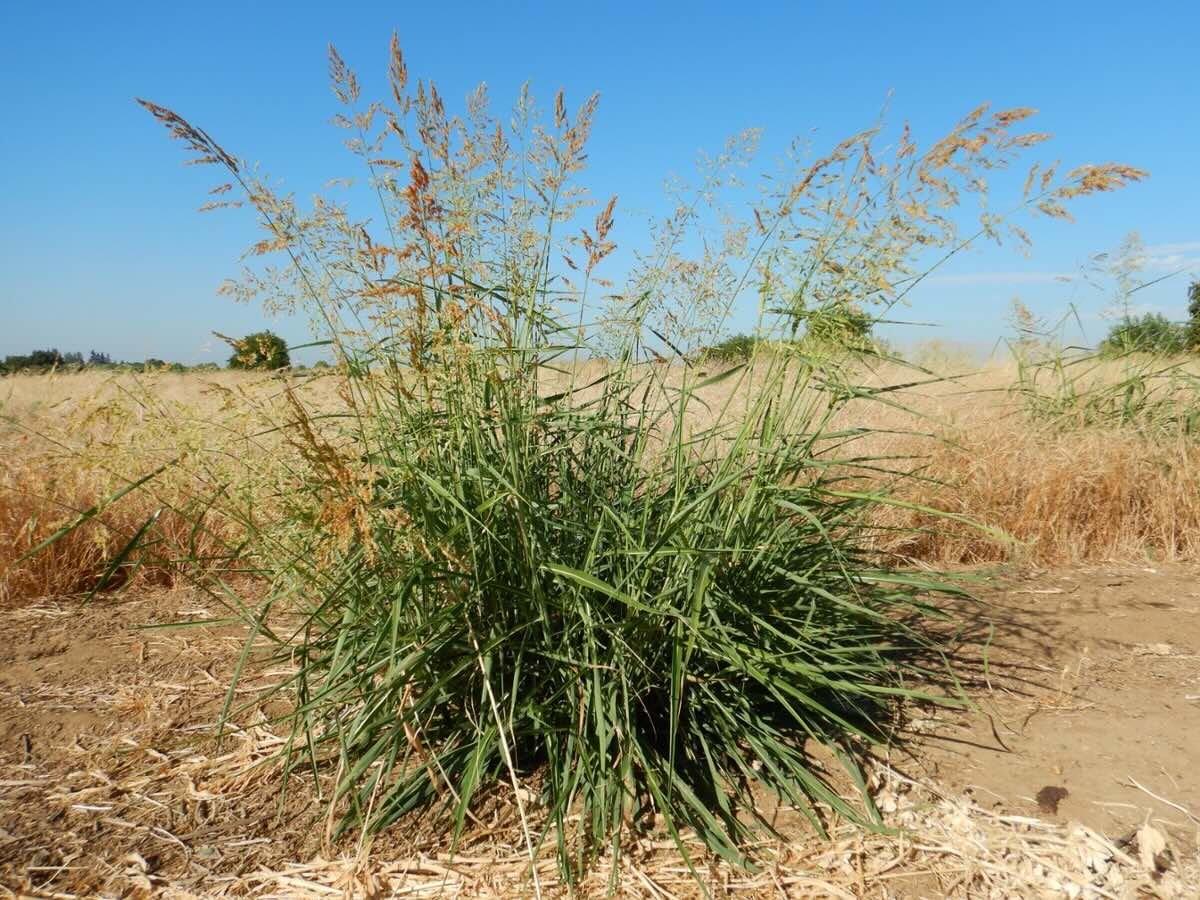
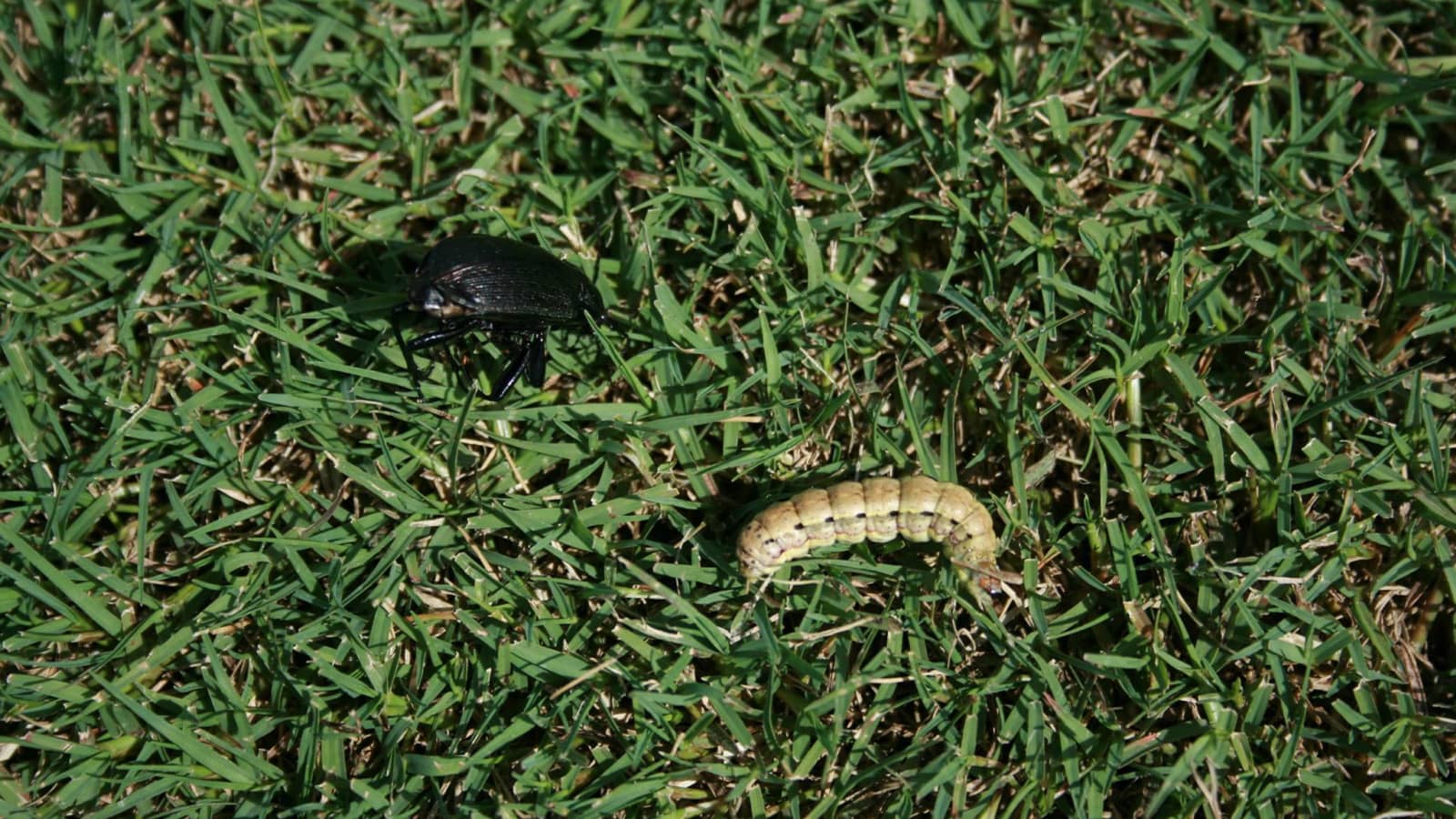
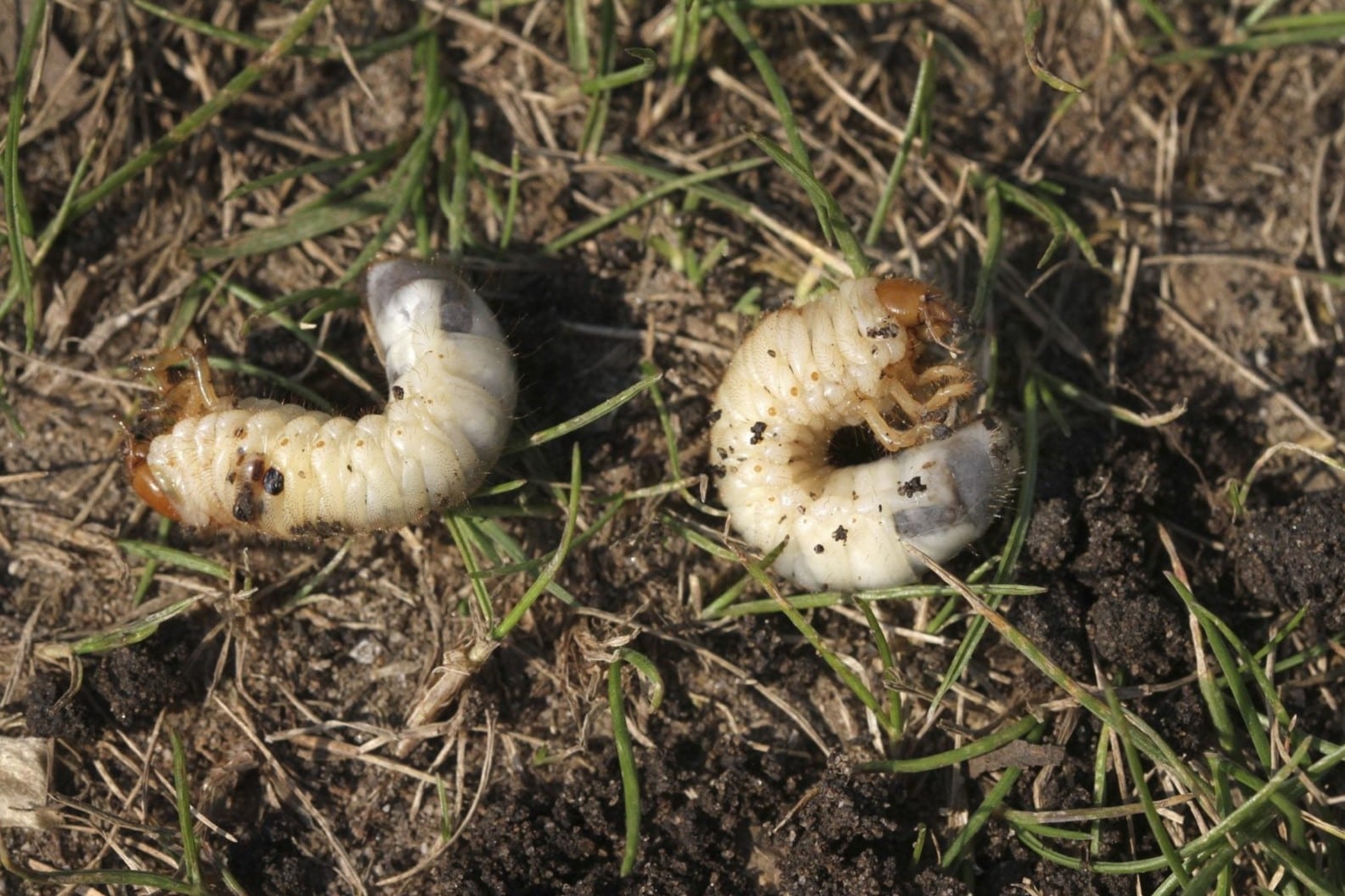
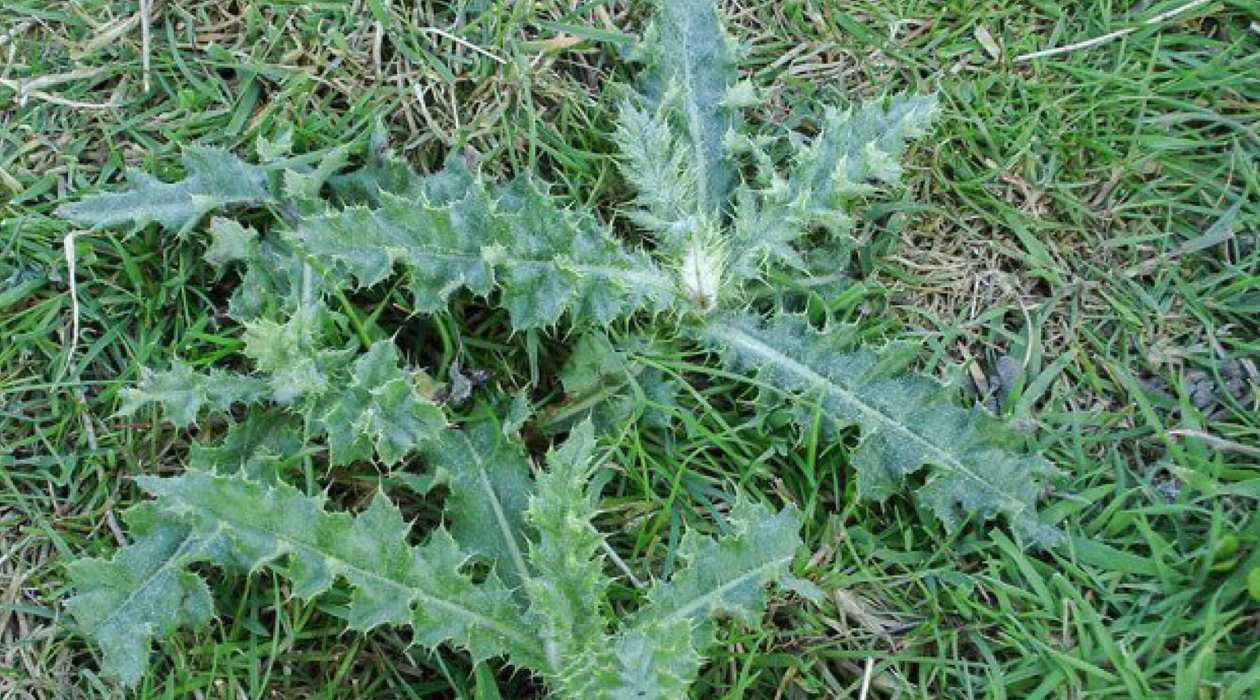
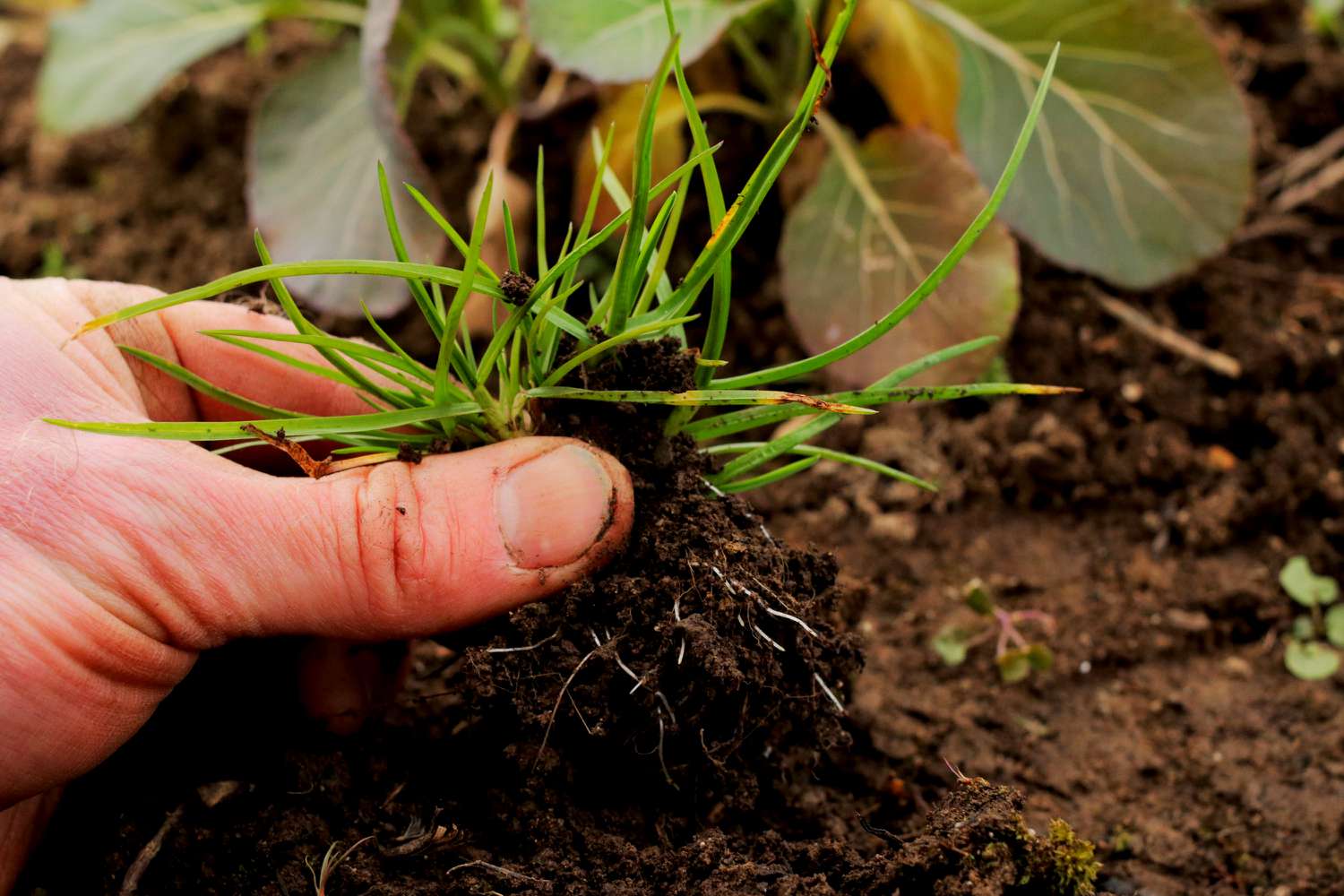
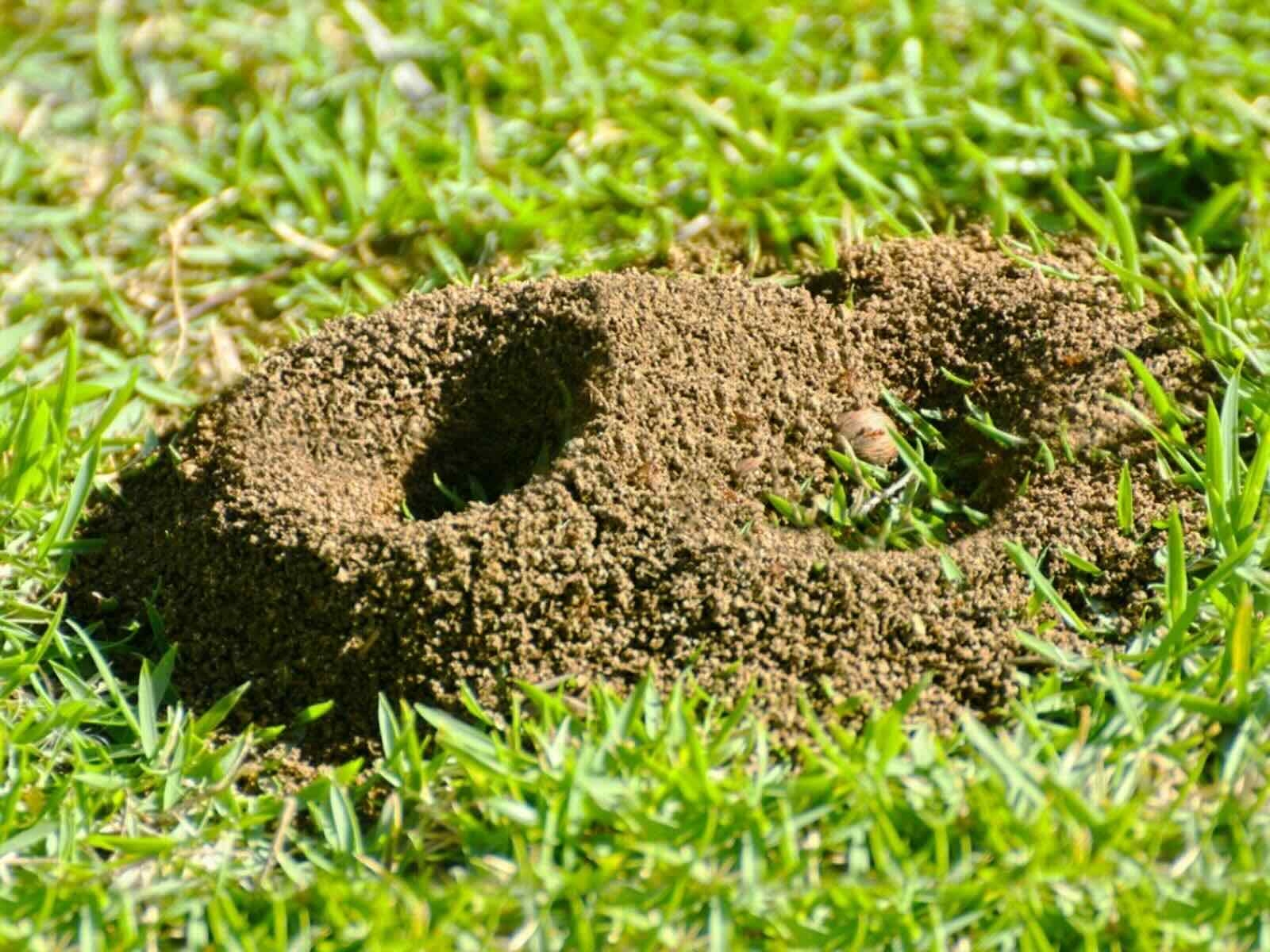
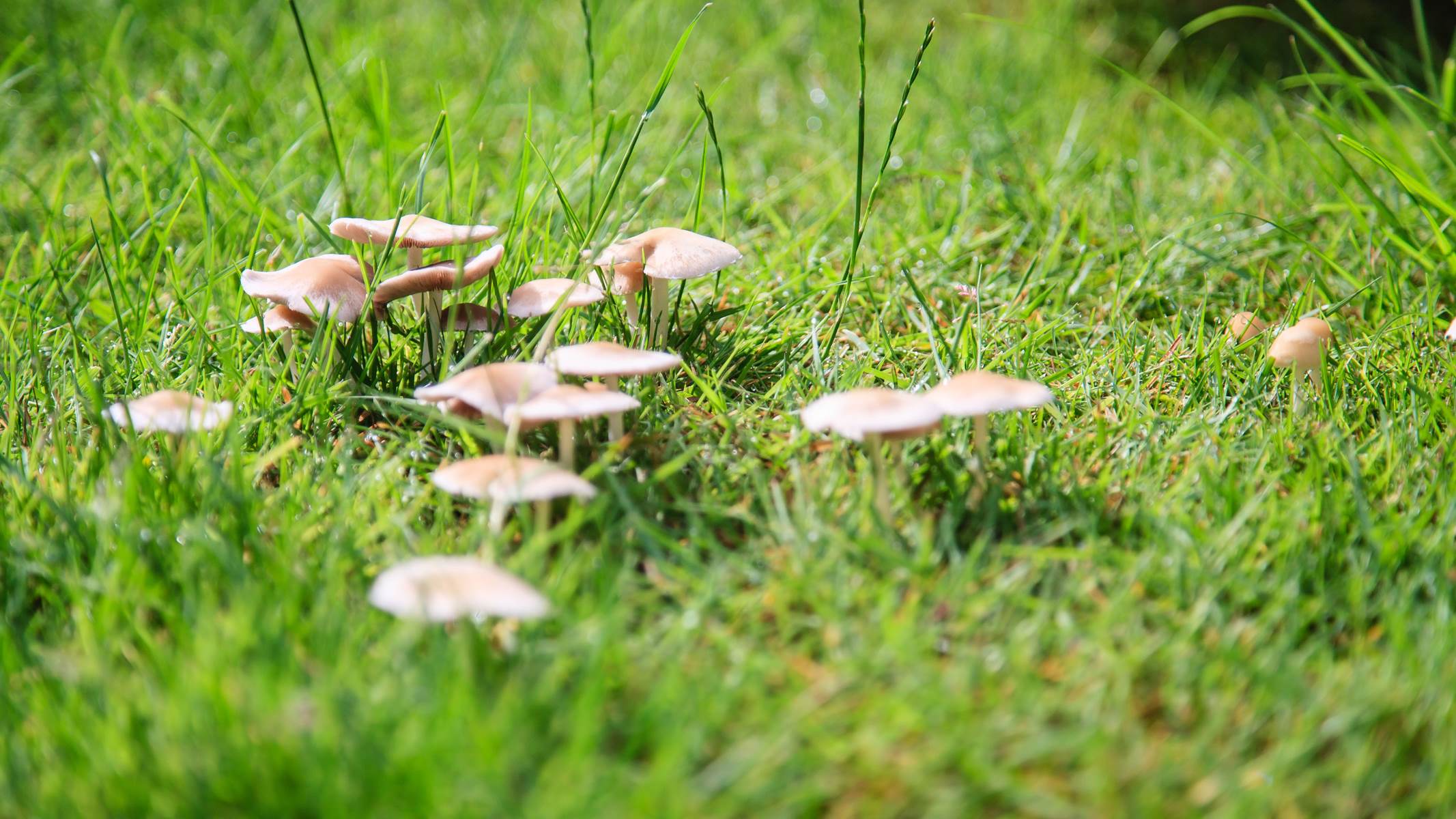
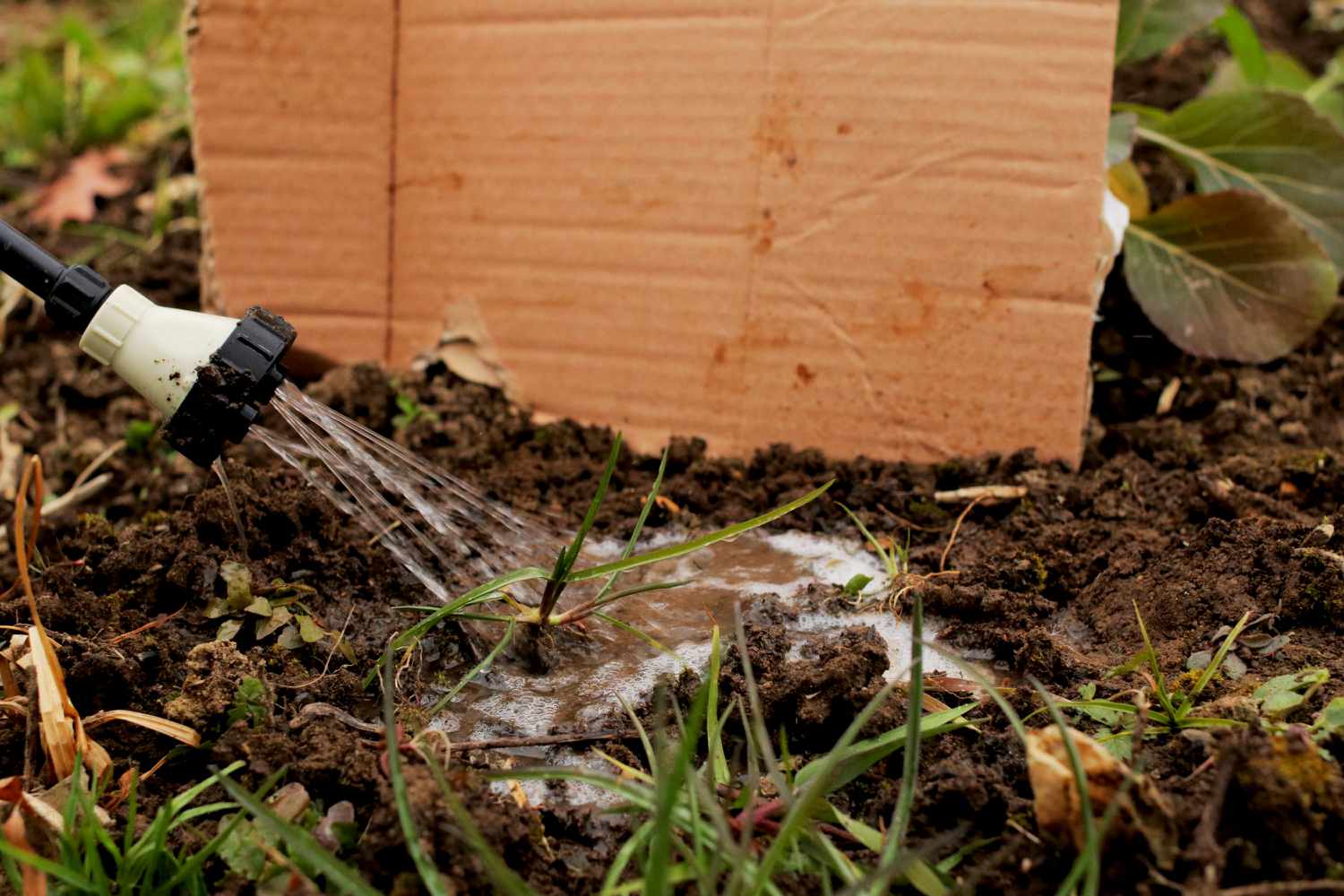
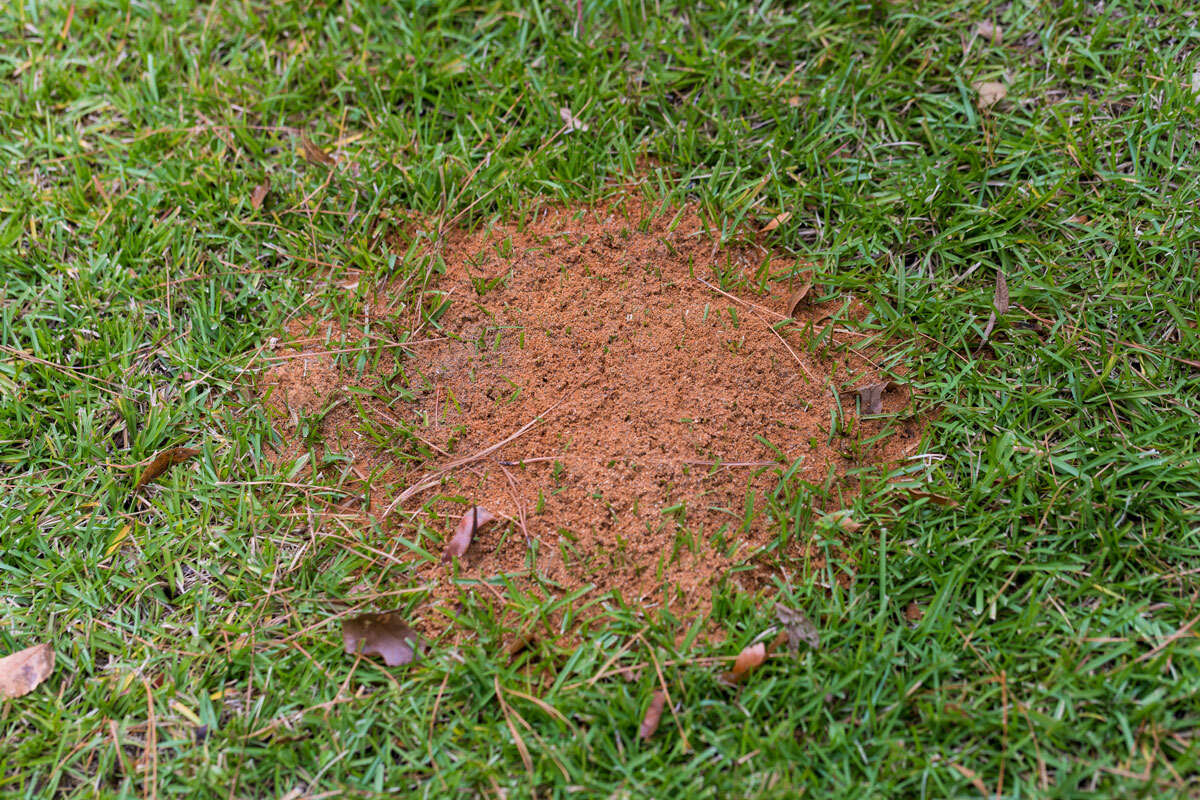
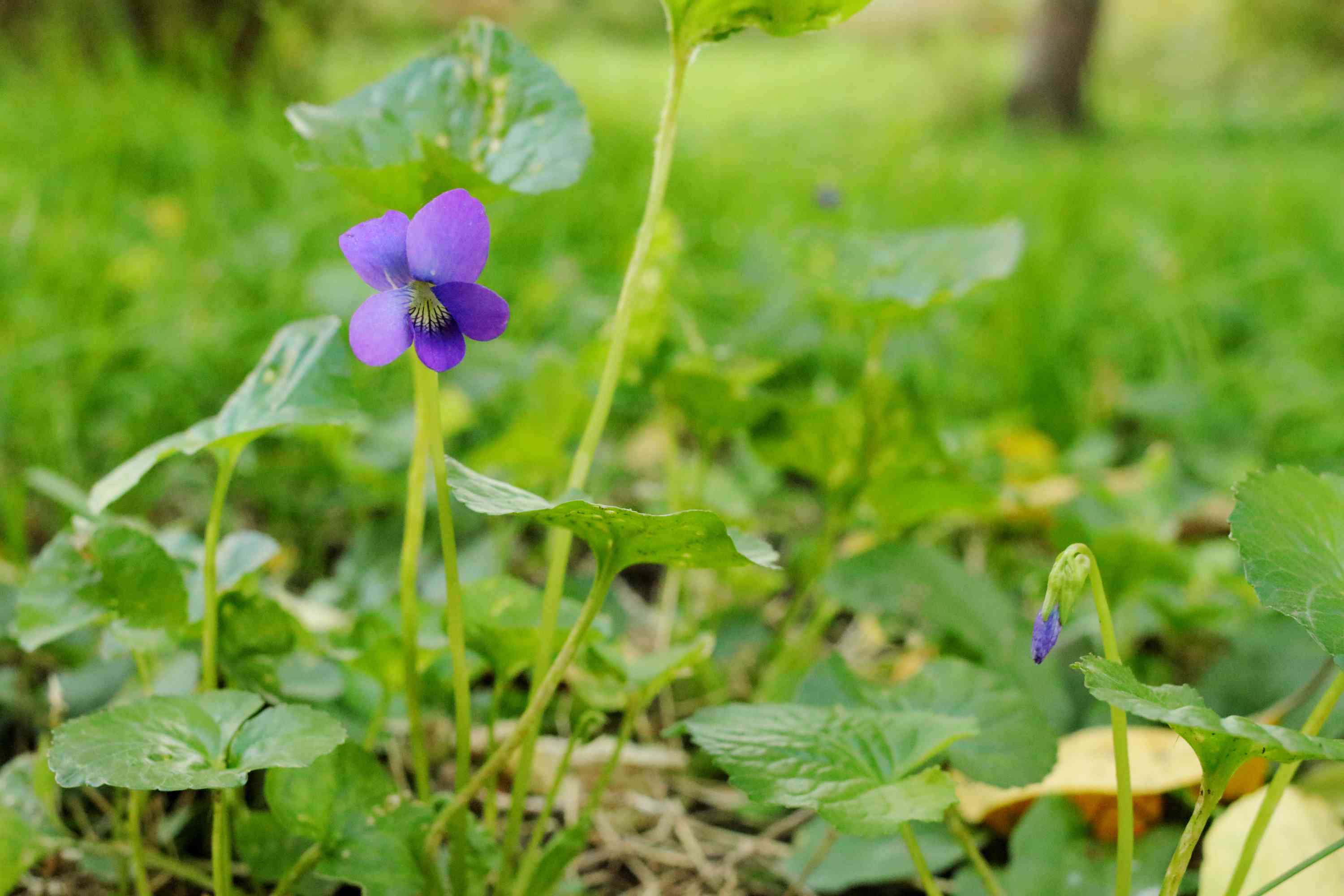
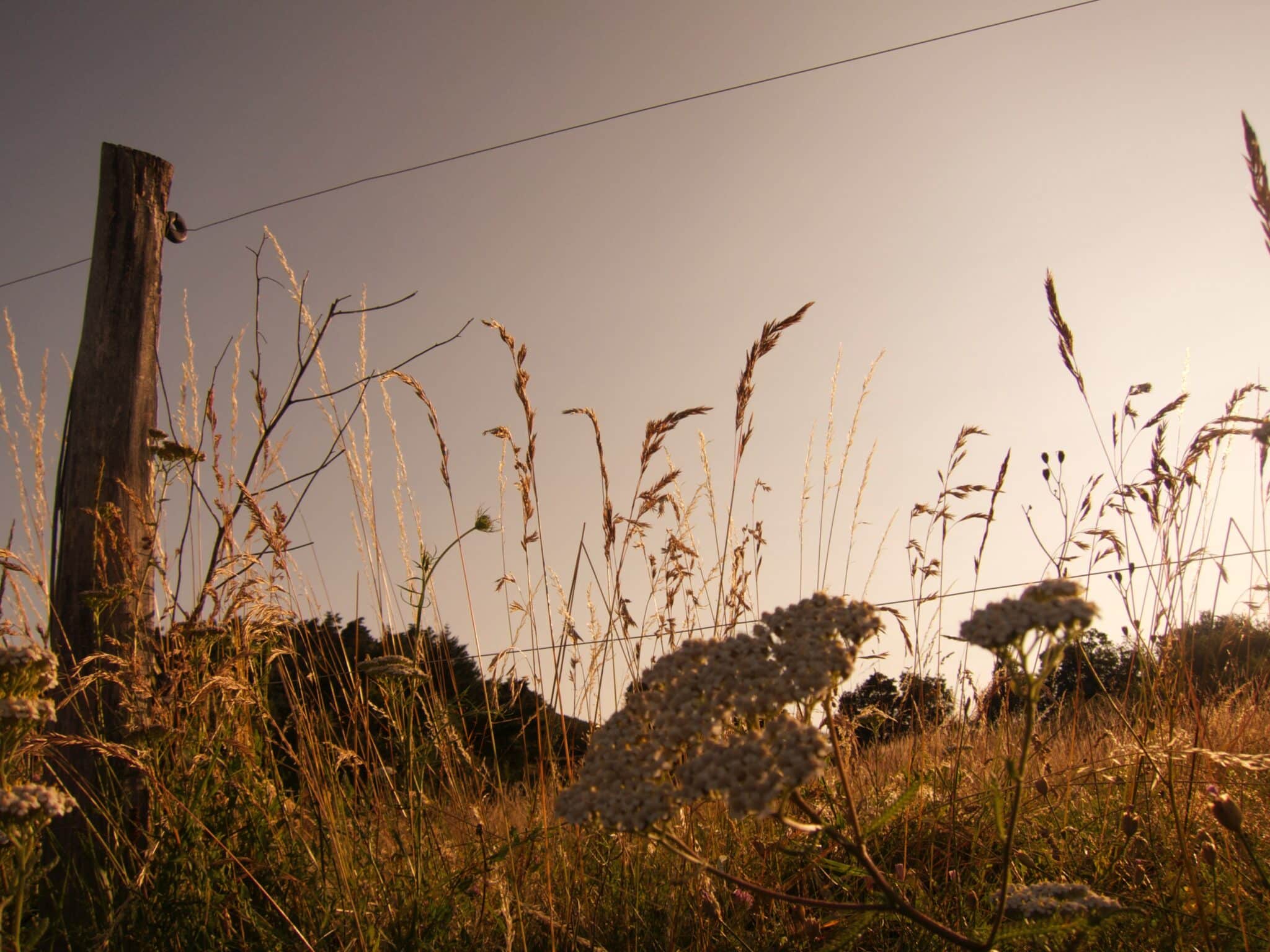
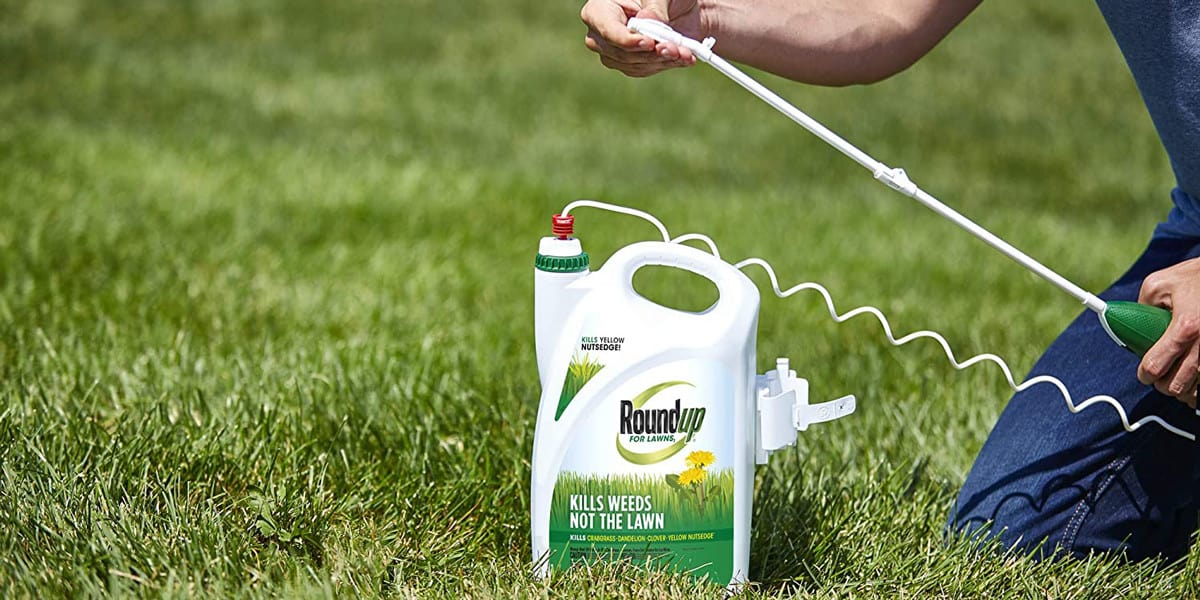

0 thoughts on “What Chemical Will Kill Nut Grass”